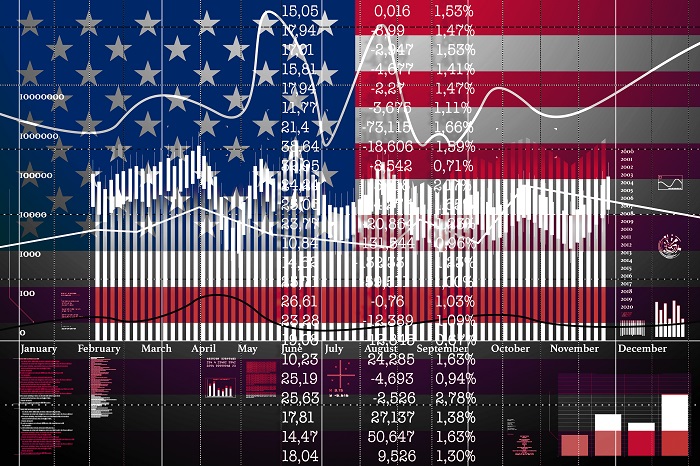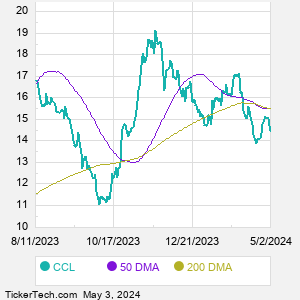Carnival is a leisure travel company with operations in North America, Australia, Europe and Asia. Co. operates in four segments: North America and Australia, which includes Carnival Cruise Line, Princess Cruises, Holland America Line, P&O Cruises (Australia), and Seabourn; Europe and Asia, which includes Costa Cruises, AIDA Cruises, P&O Cruises (UK), and Cunard; Cruise Support, which includes its portfolio of port destinations and other services; and Tour and Other, in which Co. owns Holland America Princess Alaska Tours, a tour company in Alaska and the Canadian Yukon that complements its Alaska cruise operations.
When researching a stock like Carnival, many investors are the most familiar with Fundamental Analysis — looking at a company's balance sheet, earnings, revenues, and what's happening in that company's underlying business. Investors who use Fundamental Analysis to identify good stocks to buy or sell can also benefit from CCL Technical Analysis to help find a good entry or exit point. Technical Analysis is blind to the fundamentals and looks only at the trading data for CCL stock — the real life supply and demand for the stock over time — and examines that data in different ways. One of these ways is called the Relative Strength Index, or RSI. This popular indicator, originally developed in the 1970's by J. Welles Wilder, looks at a 14-day moving average of a stock's gains on its up days, versus its losses on its down days. The resulting CCL RSI is a value that measures momentum, oscillating between "oversold" and "overbought" on a scale of zero to 100. A reading below 30 is viewed to be oversold, which a bullish investor could look to as a sign that the selling is in the process of exhausting itself, and look for entry point opportunities. A reading above 70 is viewed to be overbought, which could indicate that a rally in progress is starting to get crowded with buyers. If the rally has been a long one, that could be a sign that a pullback is overdue. |



